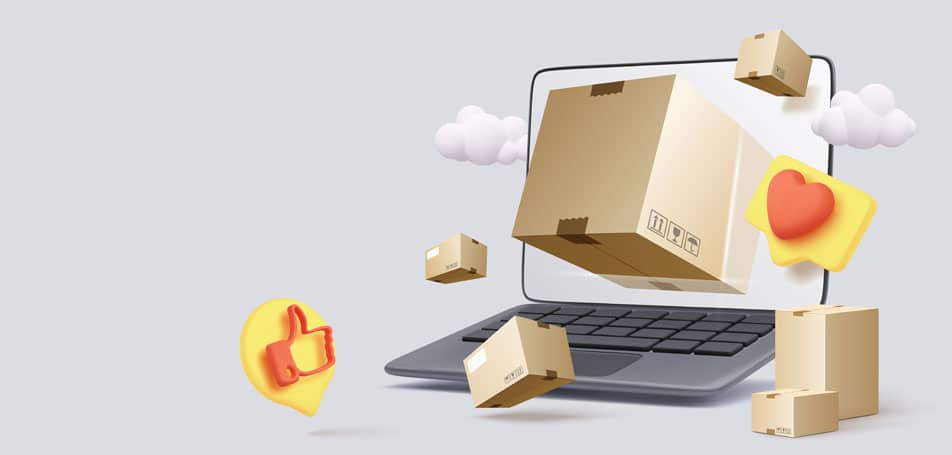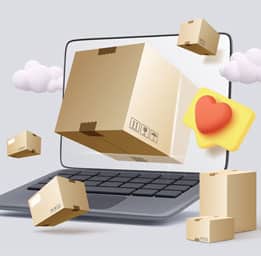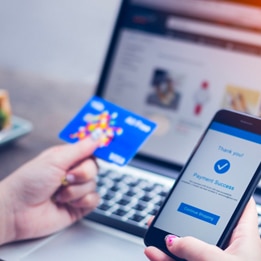
In recent years, B2B clients have been showing increasing interest in ordering products online. It’s predicted that the US B2B eCommerce market will reach $1.1 trillion during 2020, which is twice the size of the B2C eCommerce market. This means that retailers need to seriously consider the benefits of expanding into the B2B marketplace and learn how to seamlessly manage their inventories to suit the needs of individuals and businesses.
Main Difficulties of Selling B2B and B2C
B2B and B2C operations both raise unique sets of challenges for retailers and fulfillment centers to overcome. When inventory needs increase, merchants can soon face issues related to:
- Storage space. B2B orders are typically sent out in bulk, meaning that warehouses must store large numbers of the same few items. B2C orders are usually far easier to locate in storage and can be packed and sent out efficiently.
- Product management. It’s a big problem if B2B clients order hundreds of the same product, leaving no stock left for the B2C side of the business. Soak&Sleep experienced this difficulty when they began to cater to B2B buyers, and it was an issue they had to quickly resolve since they manufactured their own items. The company needed to rethink its inventory management strategies to ensure that its B2C customers wouldn’t suffer as a result of the brand’s expanded focus on B2B.
- Delivery. Bulk orders can also cause popular items to sell out if the merchant doesn’t account for large B2B orders, and this may cause complications in the delivery times. B2C orders are far more compact, and delivery fees are usually the same for every customer. However, B2B clients typically plan for minor delays in delivery, whereas a delayed delivery for a B2C client may lead to bad reviews and complaints.
- Shipping logistics. B2C orders can easily be managed by order fulfillment services, such as FBA. Meanwhile, larger B2B deliveries need to be transported on company-owned trucks or outsourced to third-party logistics companies.
- Member accounts. B2B clients usually want a personal connection with the companies they purchase from at the beginning of the partnerships, but once their order is figured out and finalized, most want to be able to quickly order again online without assistance. Similarly, customer service requirements change when you begin to expand to B2B clients since they typically need pre-purchase advice instead of post-purchase help.
Tips for Growing Sales on Both Ends
Starting out as a B2C site can actually give retailers significant advantages over those who start off as B2B brands. According to a report from Hanover Research, “B2B buyers’ expectations have evolved to require an eCommerce experience that is similar to one they would experience in their off-duty lives as consumers.” This means that having a smooth user experience, a responsive site, and a personalized shopping journey can be a competitive advantage when you integrate into the B2B marketplace.
Along with improving and optimizing your eCommerce store, here are some other beneficial tips that can help your business expand in the B2C and B2B sectors:
- Understand the customer persona, regardless of whether they’re an individual or a business, and learn how to offer the most relevant, helpful products that will solve a problem on their end.
- Improve customer service by making sure that representatives are knowledgeable about your products and how to navigate potential buyers through the shopping process.
- Simplify your storefront by managing both B2B and B2C storefronts on a single Magento instance to deliver the same branding messages to all of your customers while allowing you to quickly get to market faster than your competitors.
- Create an “endless shopping aisle” with an order management system from Magento. The solution allows you to create a seamless omnichannel presence while giving you a bird’s-eye view of multiple warehouses, sites, physical stores, and other essential locations to ensure that your business is always running smoothly and efficiently.
How to Expand Your B2B Reach with Wagento
If you’re ready to begin your own transition into the B2B marketplace, Wagento can get your brand off to a successful start with:
- Engaging experiences for customers on all devices.
- Custom catalogs, price lists, payment options, and targeted promotions.
- A single smart order management system to streamline your fulfillment processes.
- Frictionless ordering options for B2B clients and intuitive quote management tools for your staff.
Regardless of your budget, Wagento can deliver a solution that will give your business the tools it needs to adapt to a rapidly-changing eCommerce marketplace and remain competitive for years to come. To learn more about Wagento’s B2B solutions or to get started on your own project, click here for more information!
















